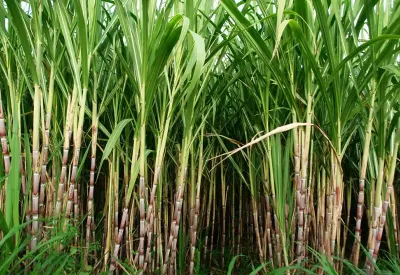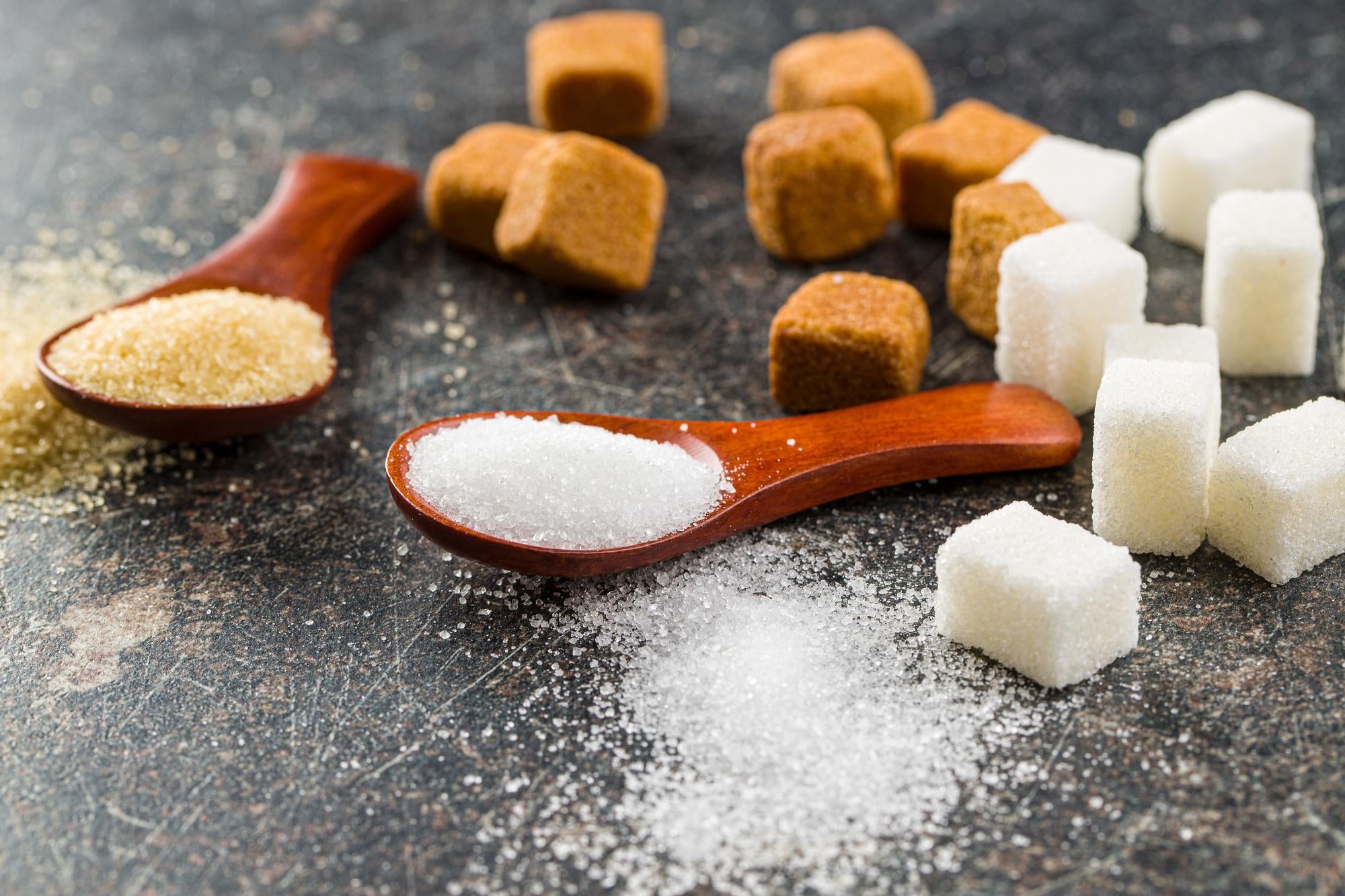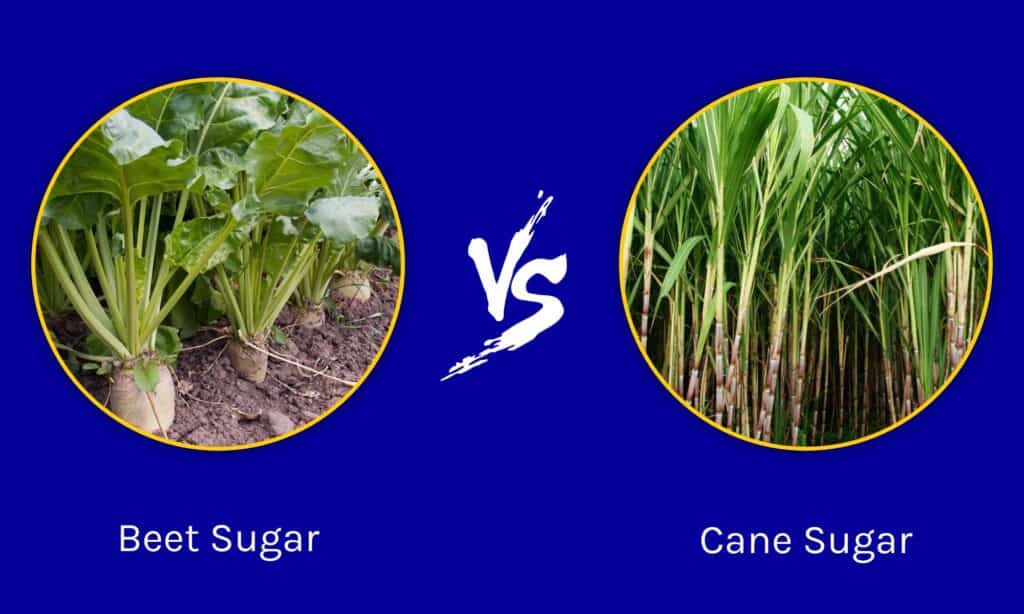The Importance of Sugar Beet Vs Sugar Cane: a Closer Appearance at Their Manufacturing Processes and Applications
The importance of sugar beet and sugar cane expands beyond their duty as resources of sucrose. Each plant features unique manufacturing processes that affect their applications across different sectors. While sugar beet supports not simply food manufacturing yet also biofuels and plant foods, sugar cane mainly offers the food industry with valuable by-products. Understanding these distinctions exposes exactly how each crop forms agricultural economic situations and sector methods around the world, prompting more exploration into their distinct payments.

Summary of Sugar Beet and Sugar Cane
Sugar beet and sugar cane are 2 primary resources of sucrose, each with distinct qualities and cultivation techniques. Sugar beet, a root veggie, flourishes in temperate environments - Sugar beet vs sugar cane. It is grown mainly in the Northern Hemisphere and needs well-drained dirt. The plant normally expands to an elevation of concerning 18 inches, with a white, fleshy root including regarding 15-20% sucrose. On the other hand, sugar cane is an exotic lawn that prospers in warm, moist conditions. It can get to heights of approximately 12 feet and is composed of tall, jointed stems that store sucrose concentrations ranging from 10-15%. The growing of sugar cane is labor-intensive and typically entails manual harvesting. Both plants act as vital agricultural products, giving raw materials for sugar manufacturing and various by-products. Their farming methods significantly affect neighborhood economic climates and international sugar markets, making them important to the agricultural landscape
Collecting Methods for Sugar Beet and Sugar Cane
Gathering strategies for sugar beet and sugar cane differ significantly because of the special characteristics of each plant. Sugar beet collecting typically uses specialized machinery referred to as beet harvesters, which successfully root out the beetroots from the dirt while reducing damages. These equipments utilize a collection of blades to cut the tops and lift the roots, making certain that the beets continue to be undamaged for processing.In contrast, sugar cane harvesting commonly involves 2 main methods: manual cutting and mechanical harvesting. Hands-on harvesting, still common in some regions, requires workers to cut the cane stalks by hand making use of machetes. This method permits discerning harvesting but is labor-intensive. Mechanical farmers have gained popularity, using rotating blades to reduce and collect the stalks promptly. Both approaches aim to optimize return and quality, with mechanical harvesting significantly embraced to fulfill climbing manufacturing demands successfully.
Handling Approaches for Sugar Beet
After being gathered, sugar beetroots go through a series of processing actions to extract sucrose properly. The initial step includes washing the beetroots to eliminate dirt and impurities. Next, the beets are cut into slim strips known as cossettes, which boosts the area for extraction. These cossettes are after that subjected to warm water extraction in a diffusion process, permitting sucrose to dissolve into the water.Following removal, the juice contains impurities and is clarified using lime and warmth to precipitate solids. The cleared up juice is after that concentrated through dissipation, eliminating excess water and increasing sugar concentration. To take shape the sucrose, the concentrated juice goes through further evaporation and cooling, creating sugar crystals. Ultimately, these crystals are divided from the staying syrup with centrifugation, dried, and packaged for circulation. This method guarantees a high yield of sucrose while keeping the quality of the last product.
Handling Techniques for Sugar Cane
Processing sugar cane involves a series of steps made to draw out sucrose successfully. The procedure starts with harvesting, where fully grown sugar cane is cut and transported to refining centers. Once at the mill, the cane undergoes cleaning to get rid of contaminations. The next step is squashing, where mechanical rollers essence juice from the fibrous stalks.This juice is after that made clear using warmth and lime to remove put on hold solids and impurities. Complying with clarification, the juice is vaporized to concentrate the sugar material, resulting in a thick syrup. The syrup undertakes formation, where sugar crystals form as the syrup cools down. These crystals are separated from the remaining molasses with centrifugation.Finally, the sugar is dried and packaged for circulation. This thorough handling technique guarantees that sugar cane yields a high-quality product, appropriate for various cooking and commercial applications, while making the most of the extraction of sucrose from the raw product.
Nutritional Differences In Between Sugar Beet and Sugar Cane
The contrast between read review sugar beet and sugar cane extends beyond their handling techniques to include substantial nutritional distinctions. Sugar beet contains not just sucrose however likewise a variety of nutrients, including vitamin C, potassium, and magnesium. These nutrients add to its prospective health and wellness benefits, such as sustaining immune feature and preserving electrolyte equilibrium. In comparison, sugar cane mainly offers sucrose with marginal degrees of important nutrients.Additionally, sugar beet has a greater fiber material, which can help in digestion and advertise satiation. The visibility of anti-oxidants in sugar beet might likewise supply safety impacts versus oxidative tension, a variable connected to numerous chronic conditions. While both resources are mainly utilized for sugar production, the dietary accounts suggest that sugar beet might use added health advantages compared to sugar cane. This distinction is crucial for consumers seeking even more than just sugar in their diet plans.
Applications of Sugar Beet in Numerous Industries
A selection of sectors leverage sugar beet for its flexible applications beyond sugar manufacturing. In the food market, sugar beet acts as a vital active ingredient in generating different refined foods, including sugary foods and baked products, due to its all-natural sweet taste. Furthermore, the pulp originated from sugar beet is made use of as pet feed, offering a nutrient-rich resource for livestock.In the biofuel sector, sugar beet is increasingly acknowledged for its possibility in producing bioethanol, adding to sustainable power remedies. The agricultural market take advantage of sugar beet's results, which can be made use of as natural plant foods, improving soil health and wellness and fertility.Furthermore, sugar beet extracts are used in drugs and cosmetics, where they operate as all-natural sugar and humectants. These diverse applications highlight sugar beet's function as a beneficial resource in boosting sustainability and development throughout several industries, reinforcing its significance in contemporary manufacturing practices.
Applications of Sugar Cane in Various Industries

Frequently Asked Concerns
What Environmental Impacts Are Related To Sugar Beet and Sugar Cane Production?
The ecological impacts of sugar beet and sugar cane manufacturing consist of dirt degradation, water usage, chemical application, and environment disruption. These variables add to environmental imbalances, raising issues regarding sustainability in agricultural methods linked with both crops.

How Do Sugar Beet and Sugar Cane Contrast in Regards To Economic Viability?
The economic feasibility of sugar beet and sugar cane varies based on variables like geographic location, manufacturing costs, and market demand - Sugar beet vs sugar cane. Both plants use distinct benefits, affecting farmers' decisions relating to growing and financial investment in various areas
What Are the Main Regions for Sugar Beet and Sugar Cane Growing?

Just How Does Environment Impact the Growth of Sugar Beet and Sugar Cane?
Climate significantly impacts the development of sugar beet and sugar cane. Sugar beetroots grow in cooler temperature levels, while sugar cane needs warm, tropical problems. Sugar beet vs sugar cane. Both plants rely on ample rains and sunshine for suitable advancement and yield
Are There Any Type Of Significant Health And Wellness Issues Associated to Consuming Sugar From These Resources?
Health issues pertaining to sugar intake include excessive weight, diabetic issues, and heart condition. Both sugar beet and sugar cane-derived sugars can add to these problems, especially when consumed in excessive amounts, no matter their resource.